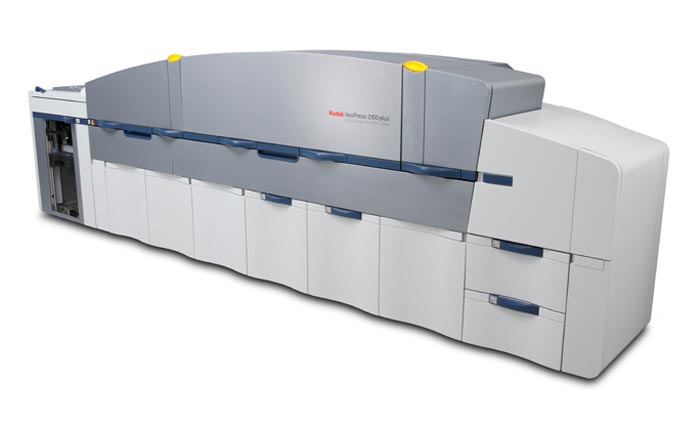
The number of business segments are being reduced from three divisions down to two: Commercial, which will comprise all of the Graphic Communications Group (GCG) along with some of Kodak’s film operations, and Consumer.
The GCG was established during the early 2000s, as Kodak was making a concerted push to become one of the biggest companies in graphics arts.
GCG became an umbrella brand over a bevy of acquisitions made by the company in the first half of the decade, such as its 2003 buyout of inkjet firm Scitex Digital Imaging, rebranded as Versamark, its 2004 takeover of the Nexpress joint venture it had with Heidelberg, and its US$980m acquisition of Creo in 2005.
The Commercial and Consumer segments will both report into the newly created Chief Operating Office. The office will be led by Philip Faraci and Laura Quatela, both of whom serve as president and chief operating officer, reporting into chairman and chief executive Antonio Perez.
Perez explained that the moves were part of “Kodak’s transformation to a digital company”.
“These business structure changes also allow us to allocate resources more productively, continue to significantly reduce administrative costs, and improve efficiency. We are confident that these changes will support our efforts to make the most of our opportunities,” said Perez.
The Australian office will adopt the same structure, though a local spokesperson could not give further details on the impact in this market.
Kodak’s restructure follows the resignation of three directors last month, Adam Clammer, Herald Chen and Laura Tyson.
Comment below to have your say on this story.
If you have a news story or tip-off, get in touch at editorial@sprinter.com.au.
Sign up to the Sprinter newsletter

